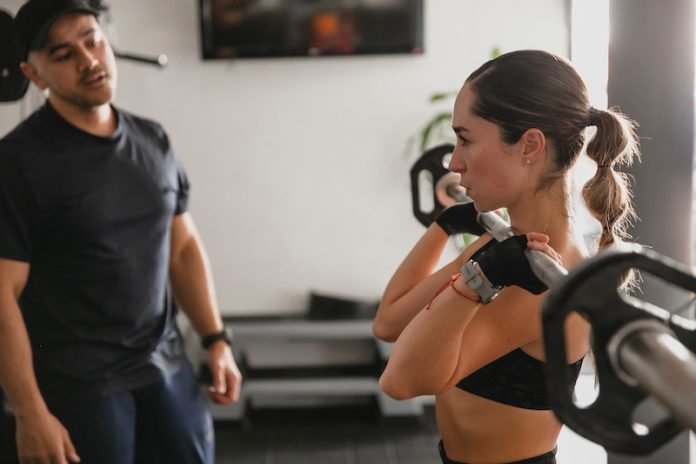
Long COVID, also known as post-acute sequelae of SARS-CoV-2 infection (PASC), is a condition in which people continue to experience symptoms of COVID-19 for weeks or even months after their initial infection.
One of the most common symptoms of long COVID is fatigue, which can make exercise challenging.
However, regular exercise can also help alleviate some symptoms of long COVID, such as shortness of breath and muscle weakness.
In this article, we’ll discuss some tips for exercising safely and effectively if you have long COVID.
Consult with your doctor before starting an exercise program
If you have long COVID, it’s important to talk to your doctor before starting any new exercise program.
Your doctor can help you determine what types of exercises are safe for you, and how much exercise you should be doing.
They may also be able to refer you to a physical therapist who can help you design an exercise program that’s tailored to your individual needs.
Start slowly and gradually increase the intensity
If you’re just starting to exercise after a period of inactivity due to long COVID, it’s important to start slowly and gradually increase the intensity of your workouts.
This will help prevent injury and fatigue and will allow your body to gradually adjust to the demands of exercise.
Start with low-intensity activities like walking, yoga, or stretching, and gradually increase the duration and intensity of your workouts over time.
Listen to your body
When you have long COVID, it’s important to listen to your body and pay attention to how you’re feeling during and after exercise.
If you feel fatigued, short of breath, or experience any other symptoms during exercise, stop and rest. Pushing yourself too hard can exacerbate symptoms and delay your recovery.
Incorporate a variety of exercises
Incorporating a variety of exercises into your workout routine can help prevent boredom and provide a more well-rounded workout.
Some good options for people with long COVID include low-impact cardio exercises like walking or cycling, strength training exercises using light weights or resistance bands, and gentle stretching or yoga.
Practice breathing exercises
Shortness of breath is a common symptom of long COVID and can make exercise challenging.
Practicing breathing exercises can help improve your lung function and make exercise more manageable. Some good options include diaphragmatic breathing, pursed-lip breathing, and deep breathing exercises.
Stay hydrated
Staying hydrated is important for everyone, but especially for people with long COVID who may be more susceptible to dehydration due to symptoms like fever or sweating.
Make sure to drink plenty of water before, during, and after exercise to help prevent dehydration.
Take breaks as needed
If you’re feeling fatigued or experiencing other symptoms during exercise, it’s important to take breaks as needed. Resting and pacing yourself can help prevent exacerbation of symptoms and make exercise more manageable.
Conclusion
Exercise can be an important tool in the recovery from long COVID, but it’s important to approach it safely and gradually.
Consulting with your doctor, starting slowly, and listening to your body are all important steps in creating an exercise program that’s right for you.
By incorporating a variety of exercises, practicing breathing exercises, staying hydrated, and taking breaks as needed, you can help improve your symptoms and regain your strength and energy.
If you care about health, please read studies about the cause of wheezing in the lungs, and scientists find new drug to treat both COVID-19 and cancer.
For more information about health, please see recent studies about evidence on rare blood clots after COVID-19 vaccination, and results showing new drug combo could improve survival in lung cancer.
Copyright © 2023 Knowridge Science Report. All rights reserved.



